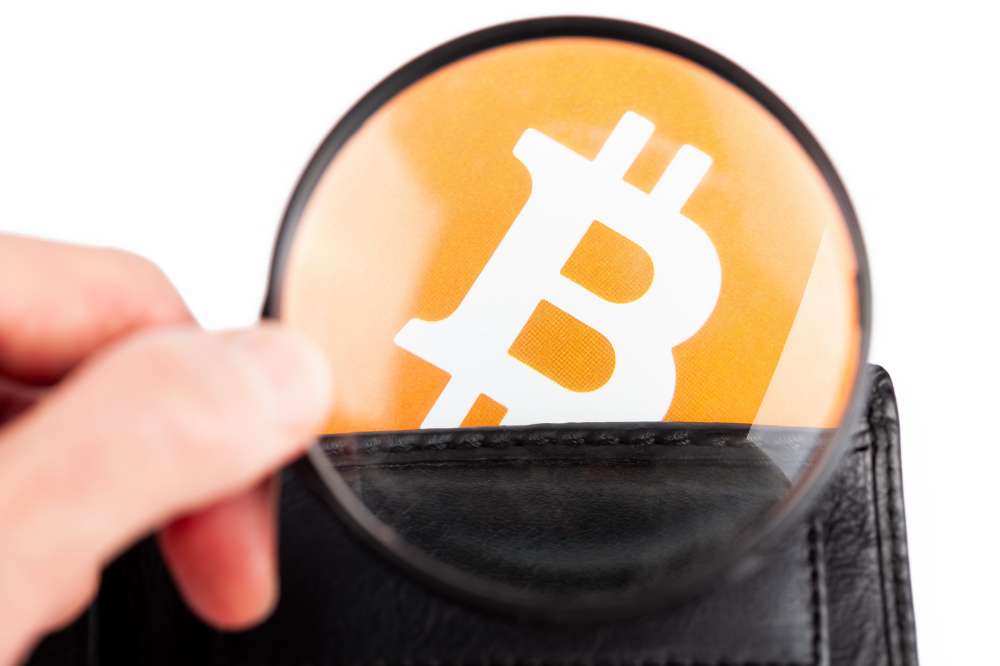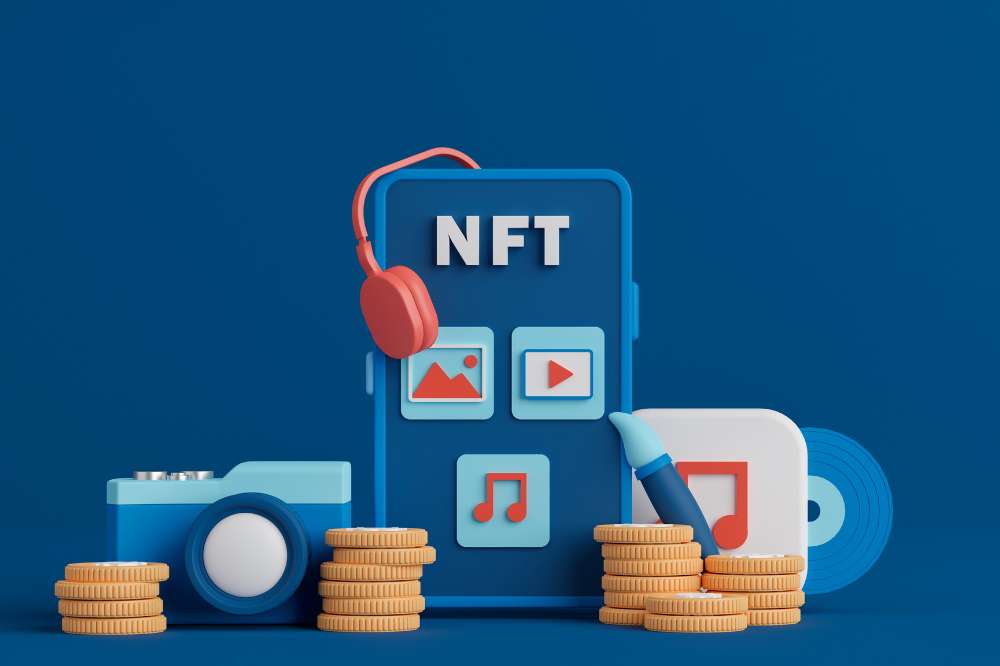In the ever-expanding realm of cryptocurrencies, tokens play a pivotal role in powering blockchain ecosystems and enabling a wide range of decentralized applications (dApps). Among the various types of tokens, native tokens, and wrapped tokens are two fundamental concepts that underpin the functionality and interoperability of blockchain networks.
Understanding the differences between native and wrapped tokens is essential for navigating the complex landscape of decentralized finance (DeFi) and maximizing the potential of digital assets.
In this article, we’ll delve into the nuances of native vs wrapped tokens, exploring their characteristics, use cases, and implications for cryptocurrency users.
What are Native Tokens?

- Compatible with major cable internet providers including Xfinity, Spectrum, Cox and more. NOT compatible...
- [Compatibility] 12V Power Supply Adapter Compatible with Netgear, Linksys, Asus,Motorola, Motorola/Arris...
Native tokens are digital assets that are native to a specific blockchain platform or network. These tokens are typically issued and managed natively on the blockchain, serving as the primary currency or utility token within the ecosystem.
Examples of native tokens include Ethereum’s Ether (ETH), Bitcoin (BTC), and Binance Coin (BNB).
Native tokens play a vital role in blockchain ecosystems, serving multiple functions such as:
- Currency: Native tokens can be used as a medium of exchange for conducting transactions within the blockchain network. For example, Ether is used to pay for transaction fees and execute smart contracts on the Ethereum network.
- Fuel for Transactions: Native tokens often serve as fuel for processing transactions and executing smart contracts. Users are required to pay transaction fees in native tokens to incentivize network validators (miners or validators) to process transactions and secure the network.
- Governance Rights: Some native tokens confer governance rights to holders, allowing them to participate in decision-making processes such as protocol upgrades, voting on proposals, and shaping the direction of the blockchain network.
Overall, native tokens are integral to the operation and governance of blockchain networks, providing liquidity, utility, and economic incentives for participants in the ecosystem.
Their issuance and management are inherently tied to the underlying blockchain protocol, giving them unique properties and functionalities within their respective networks.
What are Wrapped Tokens?
While native tokens are native to a specific blockchain network, wrapped tokens are tokens that represent other assets but are hosted on a different blockchain. Wrapped tokens are created through a process known as “wrapping,” where an existing asset, such as a native cryptocurrency, is pegged to a tokenized representation on another blockchain via a smart contract.
Wrapped tokens serve several purposes, including facilitating interoperability between different blockchain networks and enabling the seamless integration of assets into decentralized applications (dApps) and protocols. One of the primary use cases of wrapped tokens is to bring liquidity from one blockchain network to another, allowing users to access decentralized finance (DeFi) protocols and liquidity pools across multiple platforms.
Examples of popular wrapped tokens include Wrapped Bitcoin (WBTC), which is an Ethereum-based token pegged to the value of Bitcoin, and Wrapped Ether (WETH), which represents Ether on other blockchain networks such as Binance Smart Chain (BSC) or Polygon (formerly Matic Network).
In summary, wrapped tokens serve as bridges between disparate blockchain networks, enabling the transfer and utilization of assets across different platforms and ecosystems. By tokenizing assets from one blockchain onto another, wrapped tokens enhance liquidity, interoperability, and accessibility within the broader cryptocurrency market.
In the next sections, we’ll explore the key differences between native and wrapped tokens, including their liquidity, custody models, and use cases, to provide a comprehensive understanding of these essential components of the cryptocurrency ecosystem.
Key Differences Between Native and Wrapped Tokens
1. Liquidity and Accessibility
One of the primary differences between native and wrapped tokens lies in their liquidity and accessibility. Native tokens are typically traded and utilized within their native blockchain networks, where they enjoy deep liquidity and widespread acceptance.
You can easily acquire, exchange, and transact with native tokens on decentralized exchanges (DEXs) and other trading platforms within their respective ecosystems.
On the other hand, wrapped tokens enable cross-chain liquidity by representing assets from one blockchain on another. This interoperability allows users to access liquidity from multiple blockchain networks and participate in decentralized finance (DeFi) protocols and liquidity pools across different platforms.
Wrapped tokens bridge the liquidity divide between blockchain networks, unlocking new opportunities for asset utilization and capital efficiency in the decentralized economy.
2. Custody Models and Security
Another crucial aspect that distinguishes native and wrapped tokens is their custody models and security implications. With native tokens, users have direct control and ownership of their assets, as the tokens are stored natively on the blockchain network. Users manage their private keys and exercise full sovereignty over their funds, reducing reliance on third-party custodians and mitigating the risk of asset loss or theft.
In contrast, wrapped tokens rely on custodial services or smart contracts to facilitate the wrapping and unwrapping process. While this enables the tokenization of assets across different blockchain networks, it introduces custodial risk and reliance on centralized entities for asset custody.
You must trust the custodian or smart contract issuer to maintain the peg and safeguard the underlying assets, highlighting the importance of due diligence and selecting reputable custodial services.
3. Use Cases and Applications
Both native and wrapped tokens have diverse use cases and applications within the cryptocurrency ecosystem. Native tokens are essential for powering blockchain networks, facilitating transactions, and providing economic incentives for network participants.
They serve as the foundation for decentralized applications (dApps), governance mechanisms, and decentralized finance (DeFi) protocols, driving innovation and value creation within their respective ecosystems.
Wrapped tokens, on the other hand, enable cross-chain interoperability and asset portability, allowing you to access liquidity and interact with decentralized applications (dApps) across multiple blockchain networks.
They are instrumental in bridging the gap between different blockchain ecosystems, enabling seamless asset transfer and utilization in the decentralized finance (DeFi) landscape. Wrapped tokens also facilitate the integration of real-world assets onto the blockchain, opening up new avenues for tokenization and digital asset management.
Risks and Considerations
When dealing with wrapped tokens, there are several risks and considerations that users should be aware of:
- Security Risks: Wrapped tokens rely on smart contracts and custodial services for their operation, which can introduce security vulnerabilities. Smart contract bugs or exploits could lead to the loss or theft of wrapped assets. Additionally, users face counterparty risk when trusting custodians to maintain the peg and safeguard the underlying assets.
- Regulatory Considerations: Regulatory uncertainty surrounding wrapped tokens could pose challenges for users. Depending on the jurisdiction, wrapped tokens may be subject to regulatory scrutiny or restrictions. You should stay informed about regulatory developments and assess the potential implications for their use of wrapped tokens.
- Due Diligence: You must conduct thorough due diligence before engaging with wrapped tokens. This includes understanding the underlying mechanics of wrapped token protocols, assessing the reputation and security practices of custodial services, and evaluating the regulatory landscape to ensure compliance with applicable laws and regulations.
By carefully considering these risks and considerations, you can make informed decisions when utilizing wrapped tokens and mitigate potential challenges in the decentralized finance (DeFi) ecosystem.
Conclusion
Native and wrapped tokens are fundamental components of the cryptocurrency ecosystem, each serving distinct purposes and addressing unique challenges in the decentralized economy. While native tokens provide liquidity, utility, and governance within their native blockchain networks, wrapped tokens enable cross-chain interoperability, liquidity aggregation, and asset portability across disparate platforms.
Understanding the differences between native and wrapped tokens is essential for navigating the complex landscape of decentralized finance (DeFi) and maximizing the potential of digital assets.
By leveraging the unique properties and functionalities of both native and wrapped tokens, users can access a wide range of decentralized applications (dApps), liquidity pools, and financial instruments, while maintaining control and sovereignty over their digital assets in the decentralized economy.





